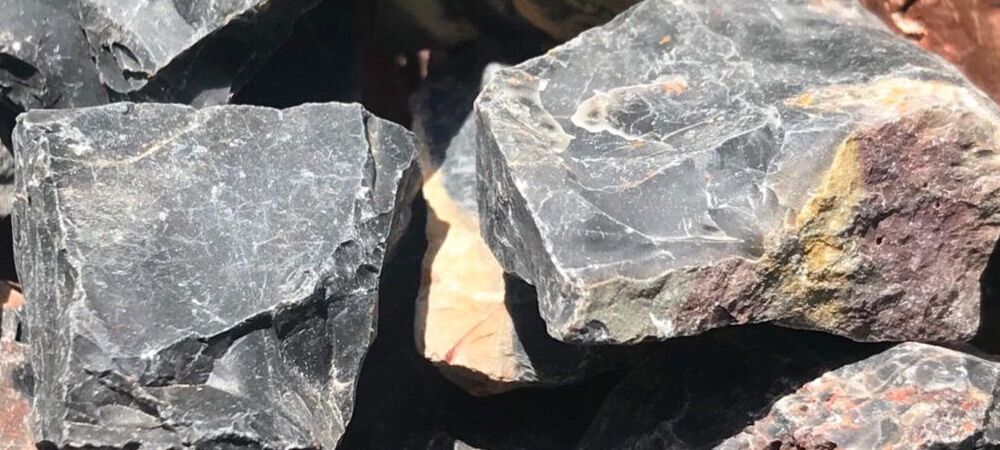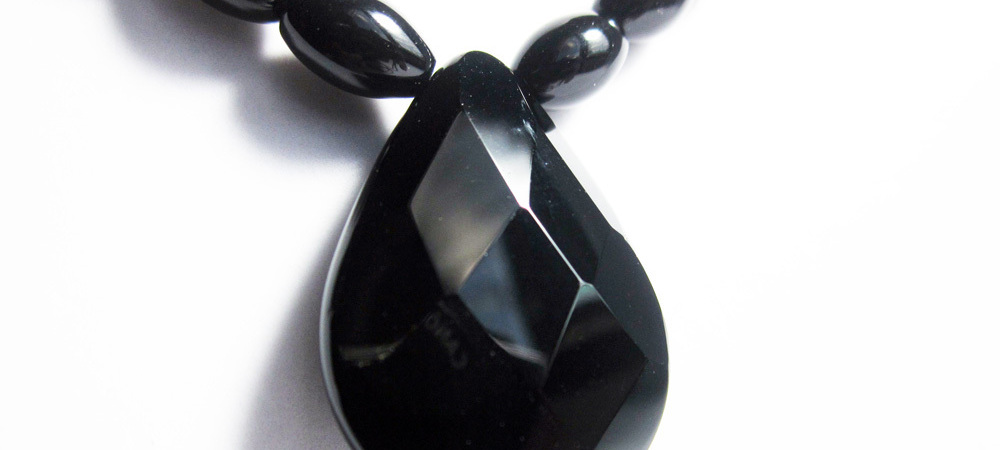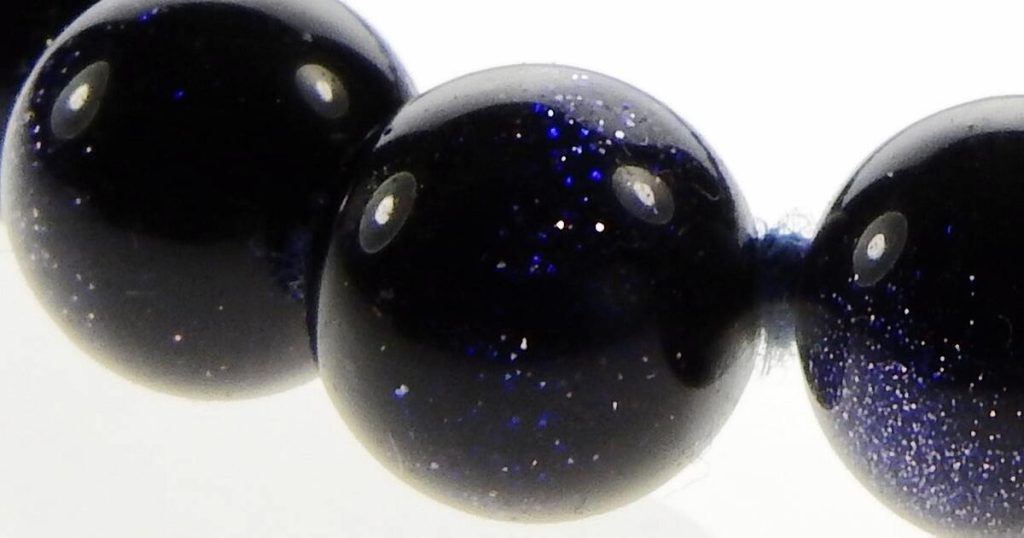Onyx can vary widely in price depending on factors like quality, color, size, and where it’s sourced from. Generally, black onyx tends to be more affordable compared to other colors like green or red. High-quality onyx with consistent color and minimal impurities will be more IS ONYX EXPENSIVE than lower quality stones. Additionally, larger pieces of onyx will typically cost more per carat than smaller ones. It’s also worth considering the cost of cutting and shaping the stone, as intricate designs or custom cuts can increase the overall price. Overall, while onyx can be expensive, its cost can vary significantly depending on various factors.
Factors Influencing Onyx Pricing
generally command a higher price.
- Color : The color of onyx plays a significant role in its pricing. Black onyx is more common and tends to be less expensive, while colors like green, red, or blue are rarer and can be more expensive.
- Translucency : Onyx with higher translucency, allowing more light to pass through, is considered more desirable and consequently carries a higher price tag.
- Size and Weight : Larger and heavier onyx stones are typically more expensive per carat compared to smaller ones. This is because larger stones are less common and require more material to be extracted and processed.
- Origin : The source of the onyx can influence its price. Onyx from certain regions may be more highly sought after due to its unique color or quality, leading to higher prices.
- Cut and Shape : The complexity of the cut and the precision of shaping can affect the price of onyx. Custom cuts or intricate designs may incur additional costs in processing.
- Market Demand : Fluctuations in market demand can impact the price of onyx. Popular trends or increased demand for specific colors or qualities can drive prices up.
- Treatment : Some onyx stones may undergo treatments to enhance their color or improve their durability. Treated onyx may be priced differently depending on the extent of treatment and its impact on the stone’s value.

Quality Grades of Onyx
- Onyx is typically graded based on several factors to determine its quality. While grading systems may vary slightly depending on the source, some common criteria include
- Color : The color of onyx is a primary factor in grading. High-quality onyx exhibits a deep, rich color with uniformity throughout the stone. Black onyx should be jet black without any grayish or brownish hues, while colored varieties should display intense and vibrant hues without any muddiness.
- Translucency : Translucency refers to the degree to which light can pass through the stone. Higher quality onyx tends to have better translucency, allowing light to penetrate and create a glowing effect. This is particularly desirable in decorative applications where backlighting is used to enhance the stone’s appearance.
- Clarity : Clarity refers to the presence of any visible impurities, veining, or flaws within the stone. High-quality onyx is free from significant inclusions or blemishes that detract from its overall appearance. However, it’s worth noting that certain types of onyx, such as banded varieties, naturally feature distinctive veining patterns that are prized for their beauty.
- Cut : The precision and quality of the cut also contribute to the overall grade of onyx. Well-executed cuts should showcase the stone’s natural color and patterns while maximizing its visual appeal. Custom cuts or intricate designs may command higher grades due to the skill and craftsmanship involved.
- Origin : The geographical origin of onyx can influence its perceived quality and value. Some regions are renowned for producing onyx of exceptional color, clarity, or translucency, which can command premium prices in the market.
Comparing Onyx Prices with Other Natural Stones
When comparing onyx prices with other natural stones, several factors come into play, including rarity, quality, and demand. Here’s a comparison of onyx prices with some other commonly used natural stones
- Marble : Marble is a popular natural stone known for its elegance and variety of colors and patterns. In general, marble tends to be more widely available and less expensive than onyx. While some high-end marble varieties can be quite pricey, particularly rare or exotic ones, the average price of marble is often lower than that of onyx.
- Granite : Granite is a durable and versatile natural stone commonly used for countertops, flooring, and other applications. It is generally less expensive than both onyx and marble, making it a more budget-friendly option for many projects. However, like marble, there are premium varieties of granite that can command higher prices.
- Quartz : Engineered quartz is a popular alternative to natural stone, offering durability, consistency, and a wide range of colors and patterns. While quartz is typically less expensive than onyx, it can still be more costly than some types of marble or granite, especially premium quartz brands with advanced features or designs.
- Travertine : Travertine is a type of limestone formed by mineral deposits from hot springs. It is commonly used in flooring, countertops, and wall cladding. Travertine is generally less expensive than onyx and marble but can vary depending on factors like quality, finish, and rarity of the specific variety.
- Limestone : Limestone is a sedimentary rock often used in architectural applications such as flooring, cladding, and paving. It is generally more affordable than onyx, marble, or granite, making it a popular choice for projects where cost is a significant consideration.

Tips for Budget-Friendly Onyx Shopping
Shopping for onyx on a budget requires careful consideration of several factors to ensure you get the best value for your money. Here are some tips for budget-friendly onyx shopping
- Research and Compare Prices : Take the time to research onyx suppliers and compare prices from different sources. Look for wholesalers, online retailers, or local stone yards that offer competitive prices. Don’t forget to factor in additional costs such as shipping or delivery fees when comparing prices.
- Consider Alternative Forms : Instead of purchasing large slabs or solid blocks of onyx, consider alternative forms such as onyx tiles or smaller pieces. Tiles are often more affordable and can be used for various applications such as countertops, backsplashes, or accent walls.
- Opt for Lower Grades : While high-quality onyx may be desirable, lower-grade onyx can still offer beauty and functionality at a lower price point. Look for onyx with slight imperfections or variations in color and pattern, which may be more budget-friendly while still providing a stunning aesthetic.
- Explore Different Colors and Varieties : Certain colors and varieties of onyx may be more expensive due to their rarity or popularity. Explore different color options and varieties to find one that fits your budget without compromising on quality or style.
- Shop Off-Season or During Sales : Keep an eye out for sales, promotions, or clearance events at stone suppliers or retailers. Shopping off-season or during slower periods may also result in lower prices as suppliers may be looking to clear out inventory.
- Negotiate Prices : Don’t be afraid to negotiate prices, especially when purchasing larger quantities of onyx. Suppliers may be willing to offer discounts or negotiate on pricing, particularly if you’re a repeat customer or purchasing multiple items.
- Consider Pre-Owned or Remnant Pieces : Look for pre-owned onyx pieces or remnants leftover from previous projects. These may be available at discounted prices and can be repurposed for smaller projects or custom applications.
- Factor in Installation Costs : Remember to factor in installation costs when budgeting for onyx. Depending on the complexity of the project and the skill required for installation, labor costs can vary significantly. Get multiple quotes from qualified installers to ensure you’re getting a fair price.
Conclusion
In conclusion, the question of whether IS ONYX EXPENSIVE is nuanced. While onyx can indeed be costly, its price varies depending on factors such as quality, rarity, and market demand. Despite its higher price point compared to some other stones, onyx offers unique beauty and versatility that make it a worthwhile investment for those seeking to add elegance and sophistication to their spaces. Ultimately, whether onyx is considered expensive is subjective and dependent on individual preferences, budget constraints, and the intended use of the stone. By understanding the factors influencing onyx pricing and making informed purchasing decisions, you can ensure that you get the best value for your investment in onyx.
